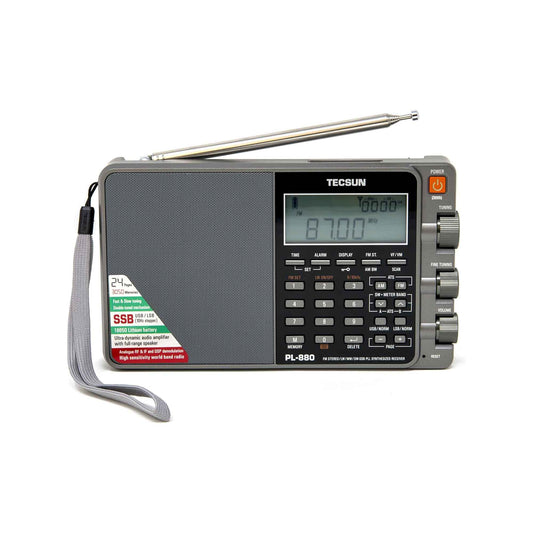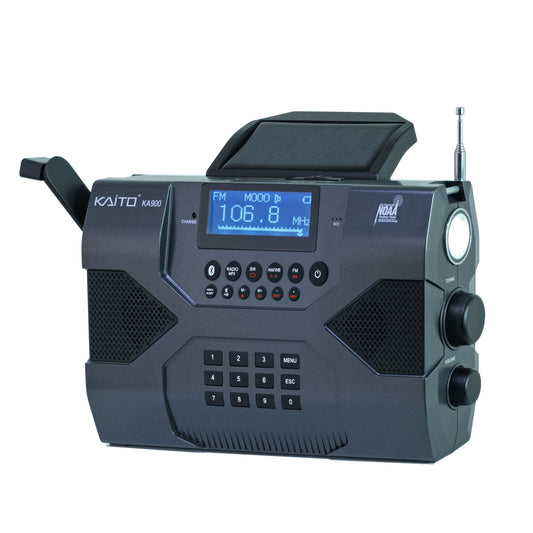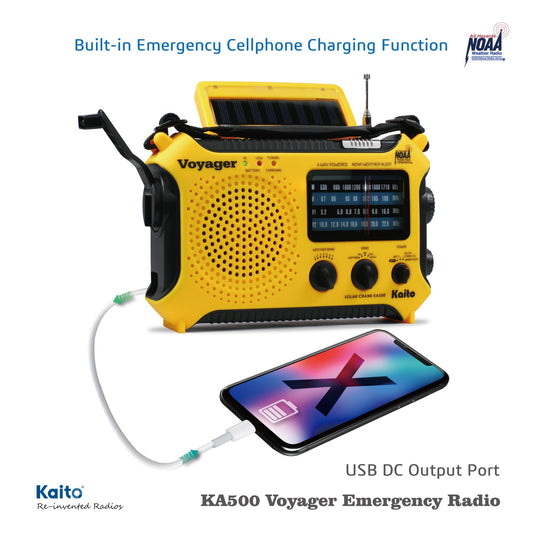
Emergency Communication: Strategies and Solutions
In an era where unpredictability is the only constant, mastering emergency communication is a vital skill for organizations and individuals alike. This comprehensive guide offers insights into the latest strategies and solutions that empower you to stay connected and informed during crises. Whether you're developing tools for emergency alerts or crafting personal emergency plans, this article provides actionable advice to enhance your communication capabilities, ensuring you are prepared to face any challenge with optimism and strength.
What Is Emergency Communication?
Emergency communication refers to the strategic dissemination and exchange of information during crises to ensure safety, coordination, and continuity. It encompasses a wide array of tools, technologies, and protocols designed to facilitate clear and timely communication among various stakeholders, including businesses, government agencies, healthcare providers, and the general public. Effective emergency communication is crucial for managing natural disasters, cyberattacks, public health emergencies, and other unforeseen events, as it enables rapid response, minimizes confusion, and helps protect lives and assets. By leveraging advanced communication systems and strategies, organizations and individuals can enhance their preparedness and resilience, ensuring they are equipped to navigate any emergency with confidence and clarity.
What Are The 5 Basic Emergency Responses?
-
Evacuation: This response involves the organized and timely removal of individuals from a dangerous area to a safer location. Evacuation plans are crucial for scenarios such as fires, chemical spills, or natural disasters, ensuring that everyone knows the safest routes and assembly points.
-
Shelter-in-Place: In certain emergencies, such as severe weather events or chemical hazards, it may be safer to remain indoors. Shelter-in-place procedures involve staying inside a secure location, sealing windows and doors, and listening for further instructions from emergency personnel.
-
Lockdown: Primarily used in situations involving active threats, such as an intruder or violent incident, a lockdown involves securing the premises by locking doors, turning off lights, and remaining silent to protect individuals from harm until the threat is neutralized.
-
Medical Response: This involves providing immediate medical assistance to those injured during an emergency. Having trained personnel and first aid kits readily available can be crucial in stabilizing victims and preventing further harm until professional medical help arrives.
-
Communication: Effective communication is vital in any emergency response, ensuring that accurate information is broadcast to all stakeholders. This includes notifying emergency services, keeping the public informed, and coordinating with other agencies to manage the situation effectively.
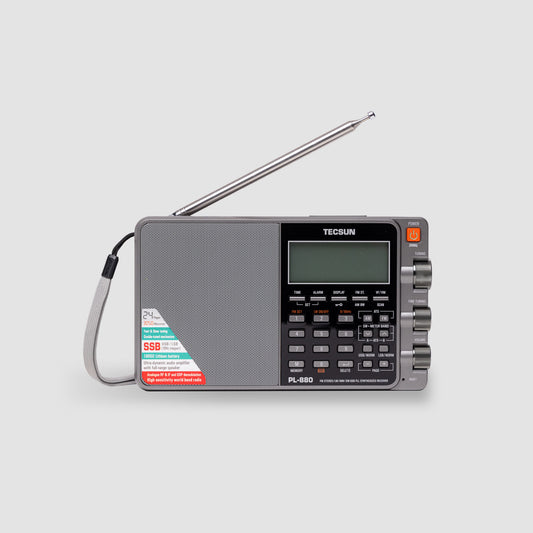
Tecsun PL880 PLL Dual Conversion AM FM Shortwave Portable Radio with SSB and Leather Pouch
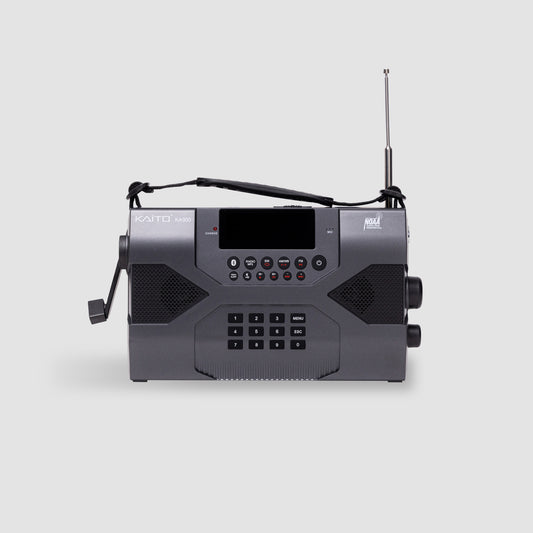
Kaito Emergency Radio Voyager Max KA900 Digital Solar Dynamo Crank AM/FM/SW & NOAA Weather Stereo Radio Receiver with Bluetooth, Real-time Alert, MP3 Player, Recorder & Phone Charger
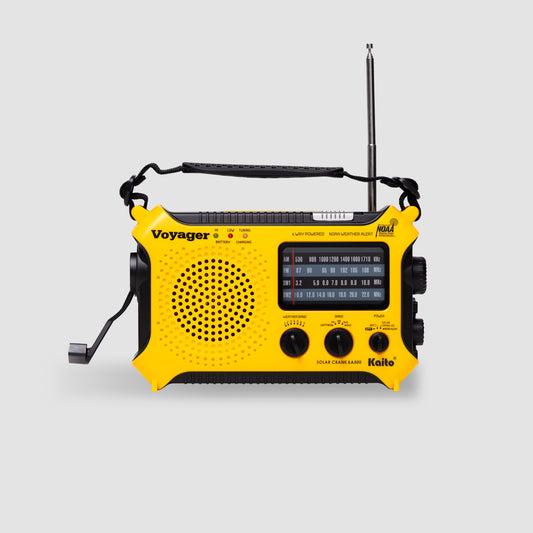
Kaito KA500 AM FM Shortwave Solar Crank Emergency Weather Alert Radio Yellow
Why Is It Important To Have a Structured Approach To Emergency Communication?
Having a structured approach to emergency communication is essential because it ensures that information is disseminated efficiently and accurately during crises, minimizing confusion and enhancing response efforts. A well-organized communication plan provides clear guidelines and protocols for stakeholders, enabling them to act swiftly and decisively. This structured approach helps maintain order, reduces the risk of misinformation, and ensures that critical messages reach the right people at the right time. Organizations can streamline coordination, protect lives and assets, and maintain operational continuity by establishing predefined roles, responsibilities, and communication channels. Ultimately, a structured emergency communication strategy fosters resilience, empowering organizations and individuals to navigate emergencies with confidence and effectiveness.
Emergency Communication: Strategies and Solutions
Understanding the Core of Emergency Communication
Emergency communication is the backbone of effective crisis management, serving as the conduit for vital information during emergencies. It involves a comprehensive framework that ensures timely and accurate dissemination of information to all relevant parties, including employees, emergency response teams, and the general public. This communication is crucial for coordinating efforts, minimizing panic, and ensuring that everyone is informed and prepared to take appropriate action. By leveraging a variety of tools and technologies, emergency communication systems can adapt to different scenarios, whether it's a natural disaster, a cyberattack, or a public health crisis.
Key Strategies for Effective Emergency Communication
Implementing effective emergency communication strategies requires a proactive approach that anticipates potential crises and prepares accordingly. One essential strategy is the development of a robust communication plan that outlines roles, responsibilities, and protocols for various emergency scenarios. Regular training and drills are also vital to ensure that all stakeholders are familiar with the communication processes and can respond swiftly when needed. Additionally, leveraging technology such as mass notification systems, mobile alerts, and social media platforms can enhance the reach and speed of communication, ensuring that critical information is disseminated quickly and efficiently.
Solutions to Enhance Communication Reliability and Security
In an era where digital threats are as prevalent as physical ones, ensuring the reliability and security of communication systems is paramount. Solutions such as encrypted communication channels, redundant systems, and secure data storage can protect against cyber disruptions and ensure that communication remains uninterrupted during emergencies. Furthermore, integrating advanced technologies like artificial intelligence and machine learning can help in predicting potential communication breakdowns and automating responses, thereby enhancing the overall resilience of emergency communication systems. By investing in these solutions, organizations can safeguard their communication networks and ensure that they are prepared to handle any crisis with confidence and efficiency.
Tips For Maintaining Communication During Emergency Situations
-
Develop a Comprehensive Communication Plan: Establish a detailed communication plan that outlines roles, responsibilities, and protocols for various emergency scenarios. Ensure that all stakeholders are familiar with the plan through regular training and drills, so they can act swiftly and effectively when a crisis occurs.
-
Utilize Multiple Communication Channels: Relying on a single communication method can be risky during emergencies. Use a combination of channels such as emails, text alerts, social media, and public address systems to ensure messages reach everyone, even if one channel fails.
-
Implement Redundant Systems: To safeguard against communication failures, set up redundant systems that can take over if the primary system goes down. This includes backup power supplies, alternative communication networks, and cloud-based solutions that ensure continuity and reliability.
-
Leverage Technology for Real-Time Updates: Use advanced technologies like mobile apps and mass notification systems to provide real-time updates and alerts. These tools can help disseminate critical information quickly, keeping everyone informed and reducing the potential for panic or misinformation.
-
Regularly Test and Update Communication Systems: Conduct regular tests of your communication systems to identify and address any weaknesses. Update your systems and protocols as needed to incorporate new technologies and lessons learned from past emergencies, ensuring your communication strategy remains robust and effective.
Conclusion
In conclusion, effective emergency communication is a critical component of crisis management, providing the foundation for safety, coordination, and resilience. By adopting a structured approach and leveraging advanced technologies, organizations and individuals can ensure that they are prepared to face any emergency with confidence and clarity, supported by robust emergency communications strategies. From developing comprehensive communication plans to utilizing multiple channels and redundant systems, the strategies and solutions outlined in this article empower stakeholders to maintain robust communication during crises. As we navigate an increasingly unpredictable world, investing in reliable and secure communication systems is not just a necessity but a strategic advantage that safeguards lives, assets, and operations. By continuously refining and testing these systems, we can build a more resilient future, ready to meet any challenge head-on.
Final Thoughts
Are you ready to face an emergency with the assurance of having the right resources at hand? American Reserves offers exceptional emergency food supply kits made from top-tier, USA-sourced ingredients. These kits are meticulously tailored to deliver the vital nutrition required during a crisis. With American Reserves, you gain not only the nourishment but also the peace of mind to navigate any survival scenario with ease and confidence.
Sources
1. https://www.business.com/articles/effective-crisis-communication-strategies/
2. https://unu.edu/ehs/series/5-ways-ai-can-strengthen-early-warning-systems
